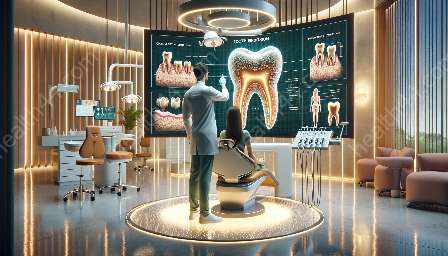Bruxism, commonly known as tooth grinding, has been the subject of numerous recent research studies exploring its causes, symptoms, and treatment options. This topic cluster delves into the latest findings on bruxism and its relationship with tooth erosion.
Causes and Mechanisms
Researchers have identified various factors contributing to bruxism, including stress, anxiety, and sleep disorders. However, recent studies have uncovered potential links between genetics and bruxism, shedding new light on the underlying mechanisms of this condition.
Association with Tooth Erosion
One of the significant findings in recent research is the association between bruxism and tooth erosion. Studies have demonstrated the impact of bruxism on dental health, highlighting the need for effective management strategies to prevent and mitigate tooth erosion in individuals affected by bruxism.
Diagnostic Advancements
Advancements in diagnostic tools and technologies have enhanced the ability to identify bruxism and its related complications. From wearable devices to advanced imaging techniques, researchers have made significant strides in improving the accuracy of bruxism diagnosis, enabling tailored treatment approaches.
Treatment Innovations
Recent research has contributed to the development of innovative treatment modalities for bruxism. From behavioral therapies to customized oral appliances, the latest findings underscore the importance of multidisciplinary approaches in managing bruxism and its associated dental concerns.
Patient-Centric Approach
Furthermore, recent studies have emphasized the significance of a patient-centric approach in addressing bruxism. Tailoring treatment plans to individual needs and preferences, while considering the psychosocial impact of bruxism, has emerged as a key focus area in contemporary research.
Conclusion
In conclusion, the latest research findings on bruxism have provided valuable insights into its causes, impact on dental health, diagnostic advancements, treatment innovations, and the importance of a patient-centric approach. By exploring the dynamic relationship between bruxism, tooth grinding, and tooth erosion, this topic cluster aims to offer a comprehensive understanding of the evolving landscape of bruxism research.


